Next month, the Indonesian capital will turn 495. Its position as the business and economic hub of the nation will likely stay for many years to come, although it will soon be stripped of its special status as the country’s seat of government. The administration, rather hastily, has decided to move the center of power to the eastern part of Borneo, citing Jakarta’s environmental problems and the need to shift the country’s political gravity away from Java to a more central location as the reasons for the move. Many are skeptical and worried that we’re only transposing Jakarta’s old problems to the new capital. Others question the timing for such an ambitious project since Indonesia is still reeling from the economic downturn caused by the pandemic. But it is still happening nonetheless, with the current president demanding that the new presidential palace must be completed by 2024, right at the end of his two-term tenure.
Let’s talk more about Jakarta for now. Anyone who has been to this city will likely agree with the long-held notion that it is not a place that is easy to love. For many, it is not an easy city. Period. But in my case, time has proven to be an important ingredient to make this metropolis more palatable. I have written about how my observations led me to believe that the city aspires to be somewhat like Singapore, and how ten years living in this chaotic urban jungle had made me appreciate its oft-overlooked qualities, also how some corners of its southern areas often set progressive trends other parts of the city usually follow. In short, I have come a long way in embracing Jakarta as my adoptive home – or maybe more precisely, the city has adopted me and made me love it.
This time, join me on three separate trips around Jakarta using three different means of transit to take a closer look at this beguiling and endlessly fascinating city through three different perspectives.
* * *
1. All the Way from Bombay
Taking advantage of the vast network of Transjakarta – Jakarta’s Bus Rapid Transit (BRT) – one can easily find his/her way to a rather small bus stop next to the Ciliwung River not too far from the city’s main cathedral. Across the river, an East Asian-style gate stands conspicuously amid a row of old Chinese merchant houses and Dutch-era buildings. Emblazoned right underneath its roof is the name PASSER BAROE, literally “New Market” in Indonesian, but written in Dutch spelling reminiscent of the European power’s colonial administration in Batavia (present-day Jakarta) during which it was established.
Since its founding, the city had always been centered near its main port on Java’s north coast. However, over time the so-called Oud Batavia (“Old Batavia”) grew weary with many of its corners deteriorating. When Herman Willem Daendels became the Governor-General of the Dutch East Indies (at a time when the Kingdom of Holland was a client state of the French Empire) in the early 19th century, he moved the center of the colonial administration from Oud Batavia to an area roughly 5 kilometers to its southeast called Weltevreden. This sparked the constructions of new buildings in and around the latter, including a grand new edifice dubbed the Witte Huis (“White House”) which was envisioned as the new official residence of Dutch governor-generals in Batavia but is now used by the Indonesian Ministry of Finance, as well as the Schouwburg Weltevreden (now the Jakarta Art Building), and a new post office (the Weltevreden Postkantoor) among other structures.
Across the river from these buildings was the location for the new market which was filled with shops owned by the city’s Chinese community as well as those coming from the Indian subcontinent. Over the next century until the 1960s, Pasar Baru (the new Indonesian spelling that is still used today) flourished and became one of the most important shopping areas in Batavia. Today, it is still dominated by businesses owned by Chinese Indonesians with a sizable Indian Indonesian community running mainly textile stores. However, unlike in other Southeast Asian cities with a significant Indian population, Jakarta’s Little India is strikingly different for the absence of Tamil temples – easily recognizable for their vibrantly-colored sculptures of Hindu deities. This is mainly because most Indians in Pasar Baru trace their ancestry to Bombay or Calcutta, as opposed to any city in the southern Indian state of Tamil Nadu, and this can be seen in the Indian Indonesian-owned and India-affiliated businesses scattered around this area.
Although the main gate of Pasar Baru is unmistakably Chinese in style, you will immediately see Indian textile shops on both sides of the walkway as soon as you pass through it. Names like Maharaja, Bombay, and Ganesha clearly recall the owners’ roots in India. And as you walk by some of them, you’ll be greeted by Hindustani music with the iconic sound of tabla, sitar, and other South Asian musical instruments blaring from the speakers. Meanwhile, along the perimeter of this locale just outside the main gate, a number of institutions were established to cater to the needs of the Indian Indonesian community in Jakarta. A glass building housing Sekolah Mahatma Gandhi (the Mahatma Gandhi School), which is run by what was once called the Bombay Merchants Association, sits just a few meters away from a branch of a local bank that is a subsidiary of one of India’s largest lenders. Farther away on the same row is the office of the Jakarta chapter of the Sri Sathya Sai International Organization (SSSIO), a not-for-profit Hindu reform organization that operates all around the world, as well as a Gurudwara Temple – one of only a few Sikh temples in Indonesia.
Back to the other side of the river, just a short walk from the Jakarta Art Building is the former post office that has recently undergone a transformation into a space filled with independent retail shops and eateries. It is yet another example of adaptive reuse projects – where an existing building is repurposed into something different from what it was originally built for – Jakarta has been seeing for the past few years, which make the city even more exciting to explore these days. Pos Bloc, the new name for the one-time post office, is in fact the sister of M Bloc Space, a family-friendly creative hub occupying the formerly abandoned tenements and warehouses of the state-owned banknote printing company in an area where I will take you next.
2. Arigato from Little Tokyo
Now let’s take the MRT – Jakarta’s metro system that was opened in early 2019 and is now being expanded further north – and ride one of those Japanese-made trains to get to Kebayoran Baru. In the 1940s during the final years of the Dutch colonial administration in Indonesia, they started to develop a satellite city directly to the south of Batavia. Implemented by an office called the Centrale Stichting Wederopbouw (CSW), this project was carried out in a swampy area which was then divided into several ‘blocks’. When the Dutch finally left their former Southeast Asian colony for good, this development project was not terminated. It was rather sped up by the Indonesians and in the decades that followed what was once an undeveloped fringe of Batavia was transformed into a highly developed urban area that is now home to one of Jakarta’s busiest transit interchanges and dense commercial districts.
While the face of Kebayoran Baru has completely changed since the time of Dutch rule, the names of those development ‘blocks’ remain. “They sound like prison blocks,” James told me when he first learned about Blok A, Blok M, and Blok S in his early years living in Jakarta. Tucked away in some of the trendiest and most cosmopolitan areas near the city’s central business district, these ‘blocks’ of Kebayoran Baru host a cornucopia of establishments, from a street lined with a Basque restaurant, a French bistro, upscale cafés, and Indonesia’s first-ever Taco Bell among other things, to a neighborhood with probably the highest concentration of Korean eateries and shops in the city.
Blok M is arguably the most famous of them all. If you see this place now – where the MRT trains diligently ply their sole route on elevated tracks with a Transjakarta-only road running perpendicular directly above them while everything else squeezes its way through at ground level – it’s probably hard to imagine that not too long ago there was nothing but empty land here. Blok M’s rapid growth reflects that of the city itself, which was probably why in the 1990s one of the buildings in this area became the preferred accommodation for Japanese expats in Jakarta. With more people from the East Asian country coming to the Indonesian capital, demand for authentic Japanese food, cooking ingredients, and entertainment grew. And Jakarta’s Little Tokyo was born.
Walking around the narrow alleys and streets in this compact area, it’s easy to see why this part of Blok M got its moniker and why it’s still called that way today. Japanese restaurants and nightclubs seem to occupy every other building; some seem to focus more on their Japanese clientele, while others appear to be frequented by many Indonesians as well. I always visit Little Tokyo during the day, but I imagine at night it will look even more enticing with all the lights turned on. Nowadays, Japanese expats in Jakarta are more spread out and not only concentrated in the city’s Little Tokyo. However, the fact that those establishments still exist may be an indication that despite the abundance of restaurants serving authentic dishes from different regions in Japan elsewhere in the city, some Japanese expats still find Little Tokyo appealing. Or maybe they’re more drawn by the nostalgic feeling this place offers.
Speaking of nostalgia, Ennichisai probably encapsulates this better than other things in Little Tokyo. Held annually since 2010, this matsuri (Japanese festival) was created by Japanese businesspeople in Jakarta together with business owners in Blok M to show their gratitude for being able to live and make a living in this area. As with many other matsuris, a dashi (a decorated float pulled by people) or a mikoshi (a float that is carried on people’s shoulders) is usually present in each edition of Ennichisai. So do food stalls selling Japanese snacks as well as visitors doing cosplay of famous Japanese manga and anime characters. Unfortunately, the 2020 and 2021 editions had to be cancelled due to the pandemic, and it’s unclear whether this festival will return this year or not.
3. Back to the Roots
For the last part of this story, you will need to travel to the far southern corner of Jakarta, close to the border with neighboring West Java province. While you can drive to reach this place, the easiest and probably most stress-free way is by taking the commuter line (better known by its Indonesian abbreviation, KRL) which connects the metropolis with its surrounding cities. The KRL, and the Indonesian railway in general, is one of most talked-about success stories in the country. Once ridden with problems – overbooked trains, dirty cabins, poor service, accidents, late departures, and mounting debts to name some – the state-owned railway company and its subsidiaries (including the company that manages commuter trains in the Jakarta metropolitan area) underwent a major transformation in the early 2010s. The KRL still operates second-hand Japanese trains to ply its routes, but everything else has improved immensely, from ticket booking to the physical conditions of the train stations. It’s one of those things people who have been living in Jakarta for quite some time can attest to as real progress.
Progress often means looking forward to the future. But it should also involve looking into the past to see how far we’ve gone and how much of our roots still remain. This was probably in the minds of the Betawi community and the government of Jakarta when they came up with the idea of dedicating an area in the city to the preservation of the Betawi culture. The name Betawi itself is a local rendition of Batavia, and the Betawi people are the result of centuries of intermarriage between the natives and those coming to the port city from all over the archipelago and beyond, which itself created a new and distinctly different culture.
Setu Babakan, as the place is called, is an area around its namesake man-made lake which since 2004 has been the center of Betawi cultural preservation. The northern side of the lake is filled with replicas of Betawi traditional houses, a small museum dedicated to showcasing the many aspects of Betawi culture, as well as a multi-function hall easily distinguishable by its conical red roof. Meanwhile, everywhere else around the lake, food stalls selling primarily Betawi food – some are delicacies rarely found in other parts of the city – occupy most of the area. Some Jakartans understandably find an oasis in this place, thanks to the leafy trees that provide them with much-needed shade against the scorching sun while enjoying the serene lake with whatever food or snacks they have in their hands. Although this place’s raison d’être is to safeguard Betawi culture, its location around a lake fringed by many tall trees also acts as a reminder of the importance of adding more green spaces in Jakarta, as studies have shown their positive impacts on humans.
Happy residents make a thriving city. While my happiness toward my adoptive city remains a work in progress, exploring its nooks and crannies certainly helps to remind me that if I make the effort to know Jakarta better, the city will reveal qualities I would otherwise fail to see. And as the city moves one step closer to celebrating its quincentenary of its founding a few years from now, it keeps unveiling one exciting urban renewal project after another, and more public transport options for Jakartans to move around their city more efficiently. Watch this space.








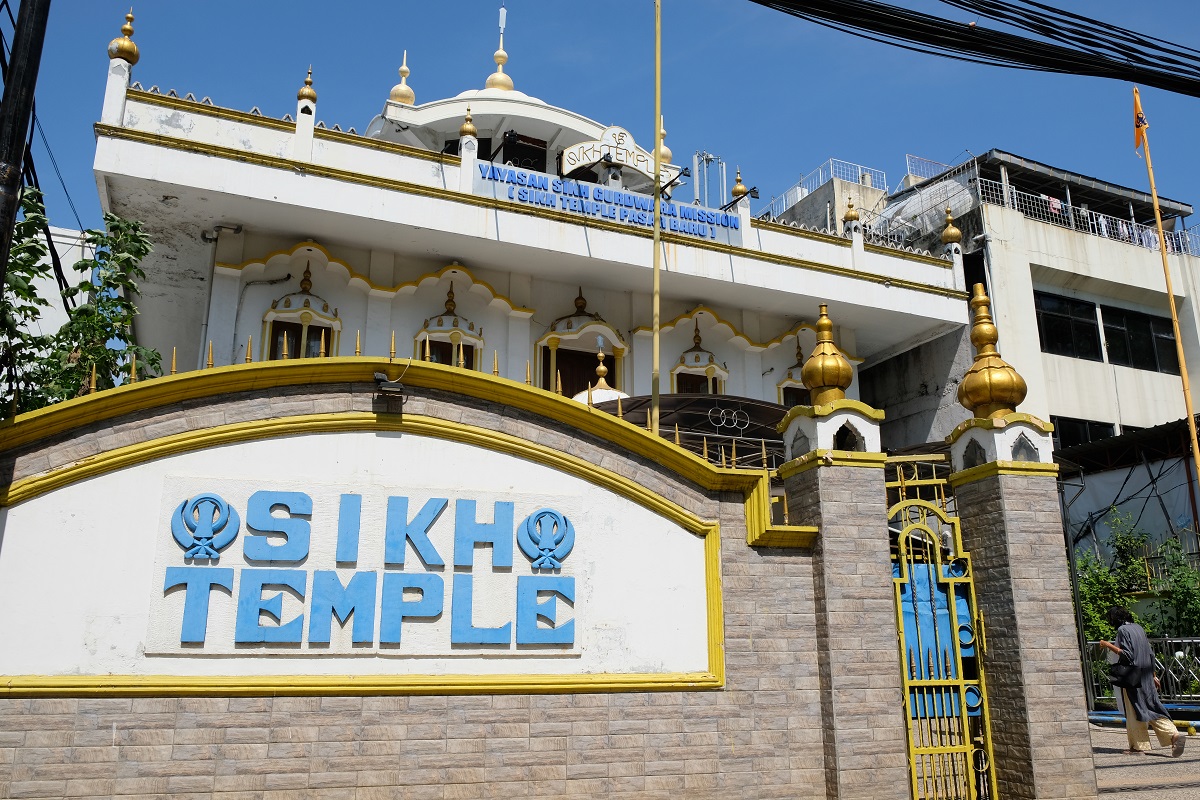

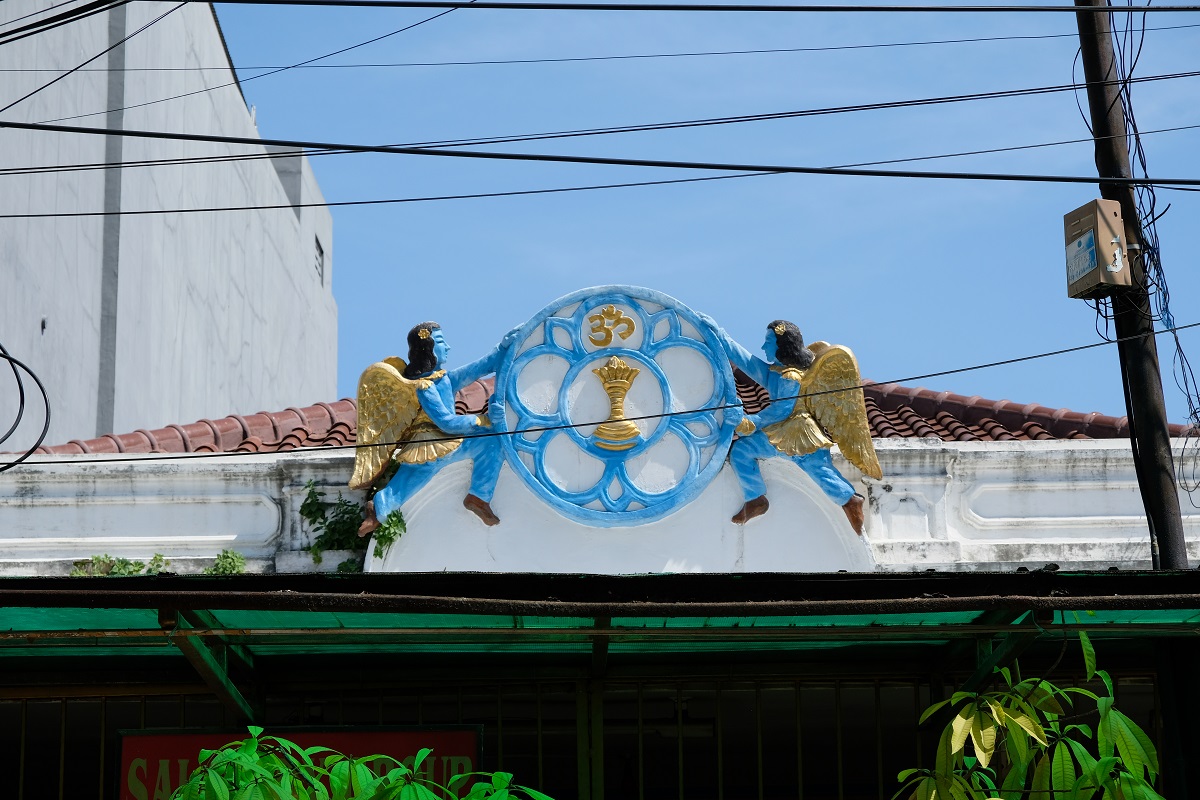





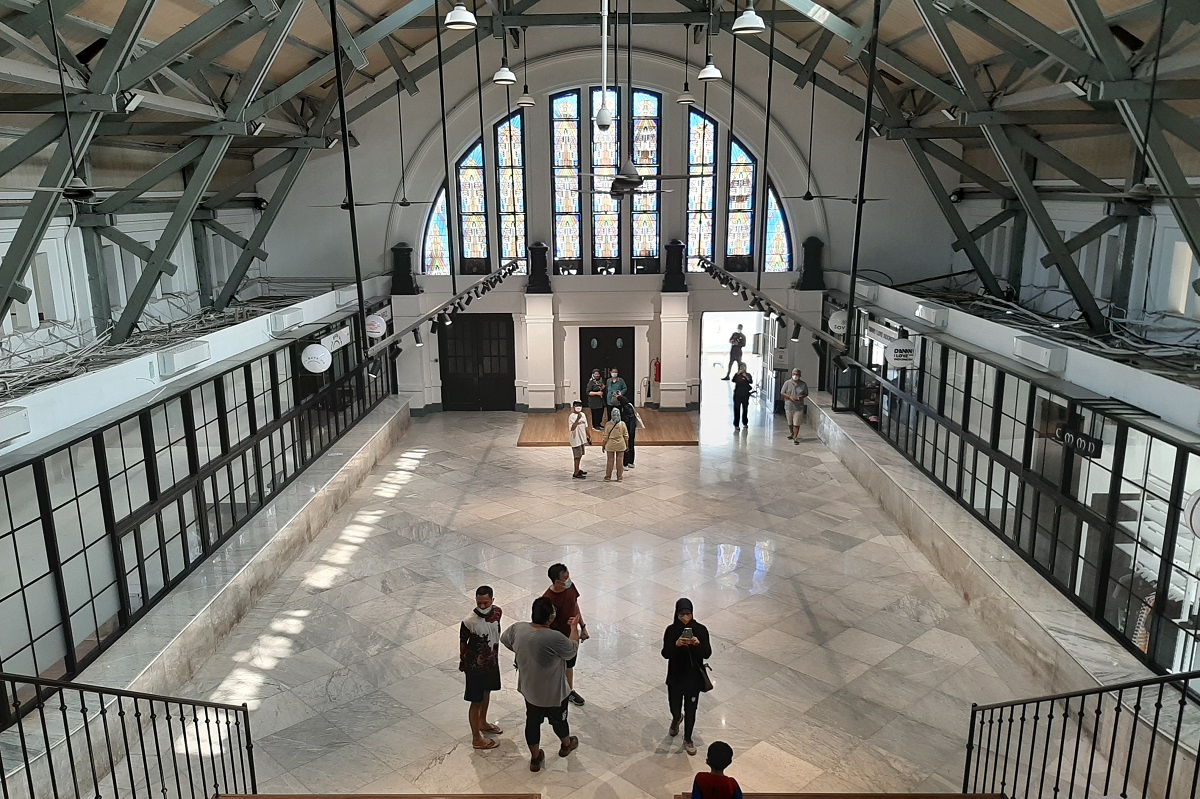

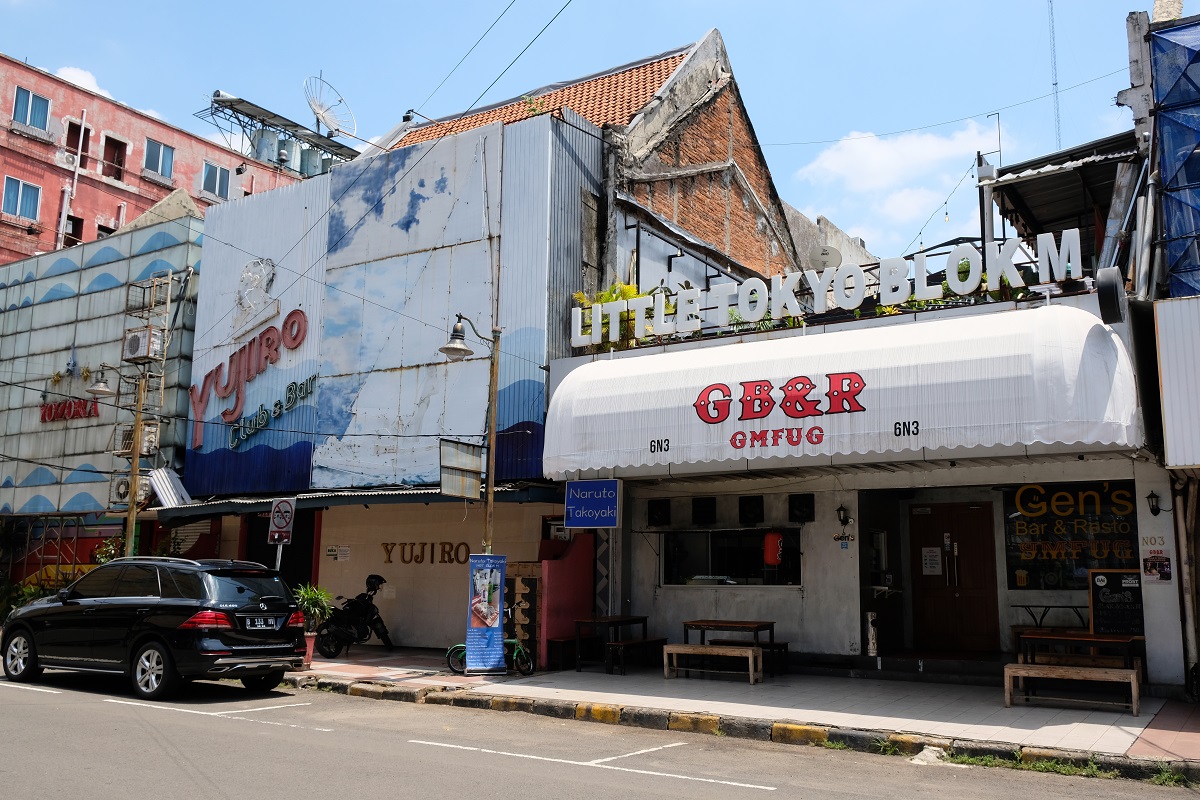
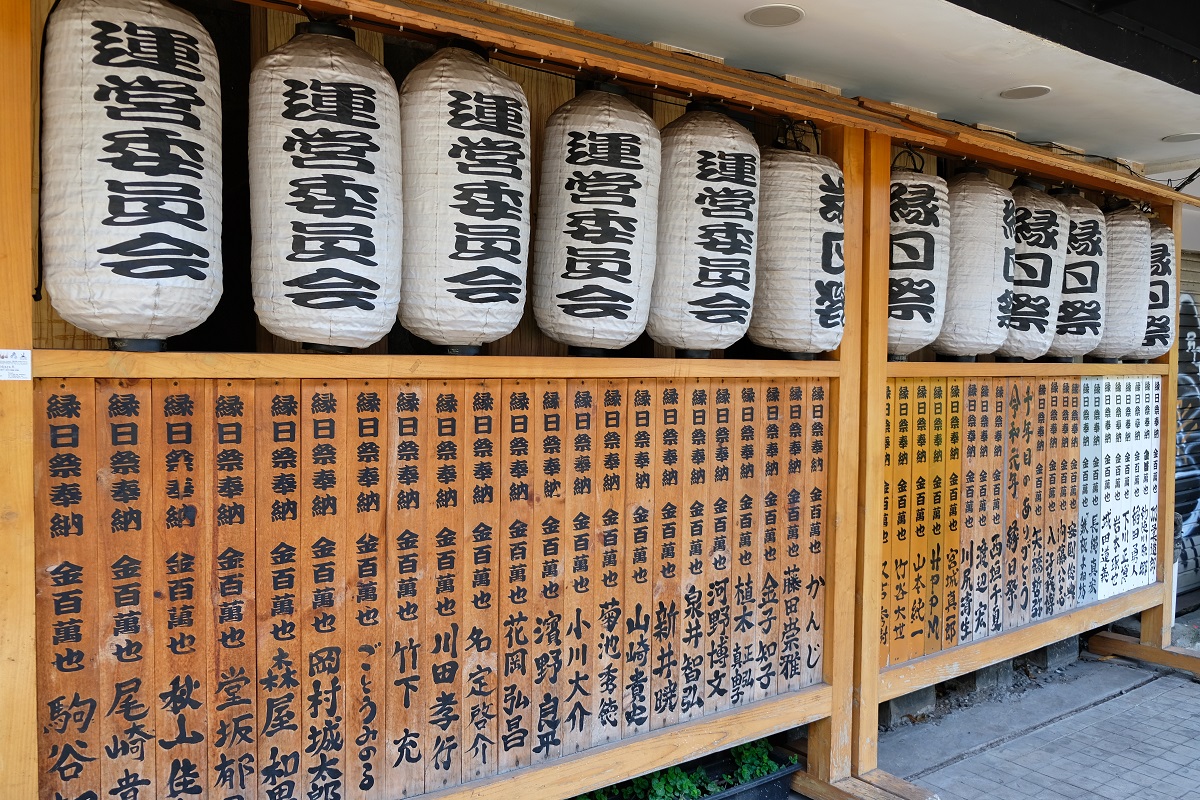
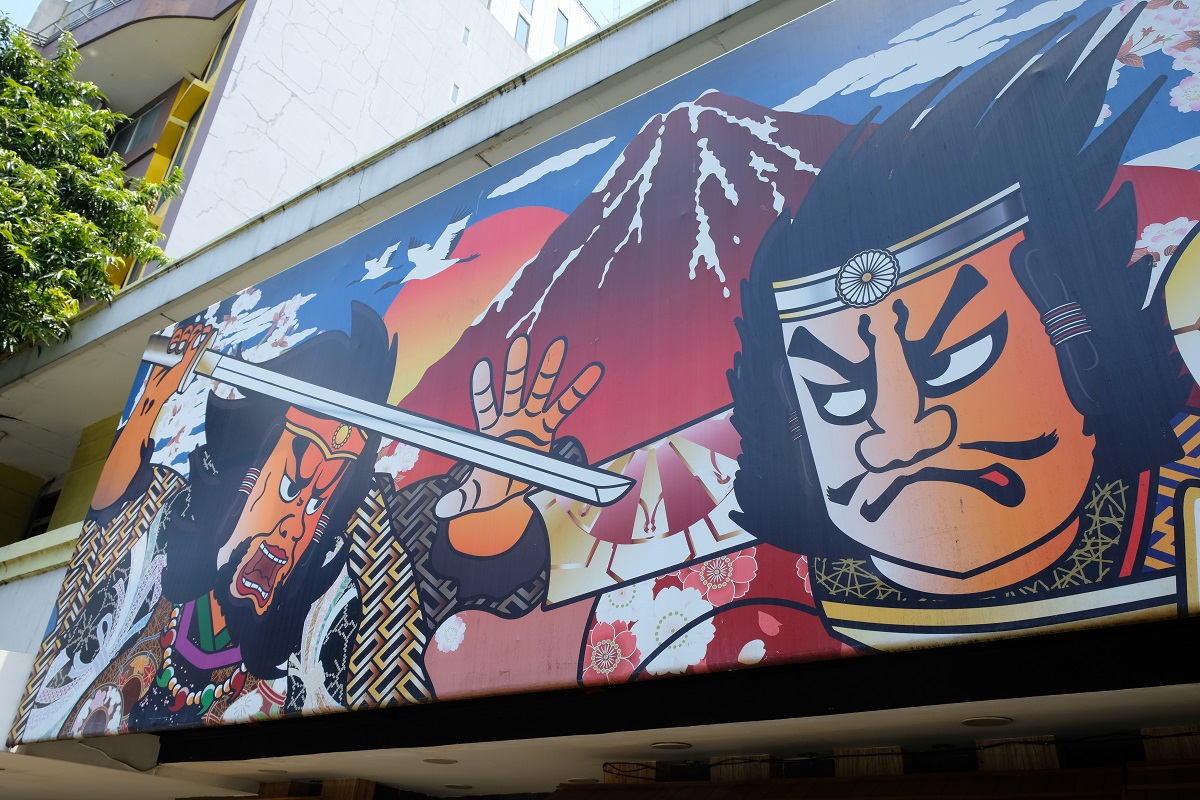


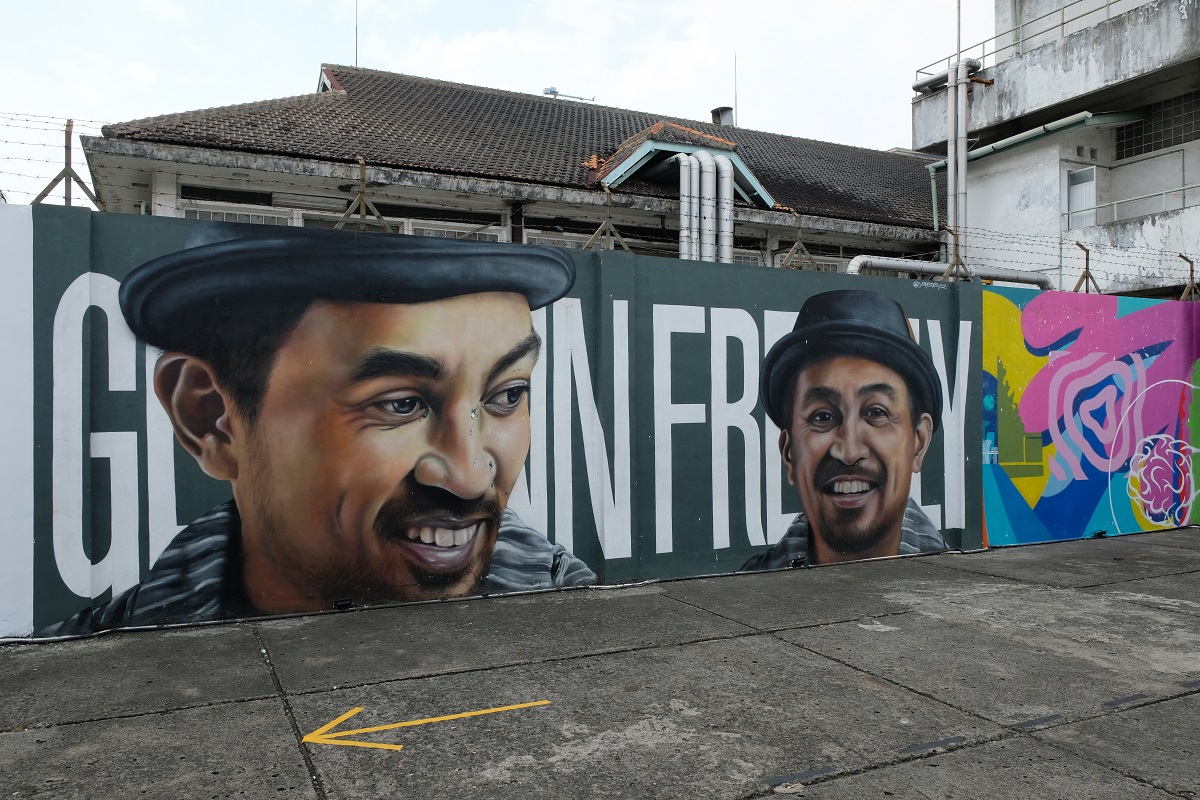

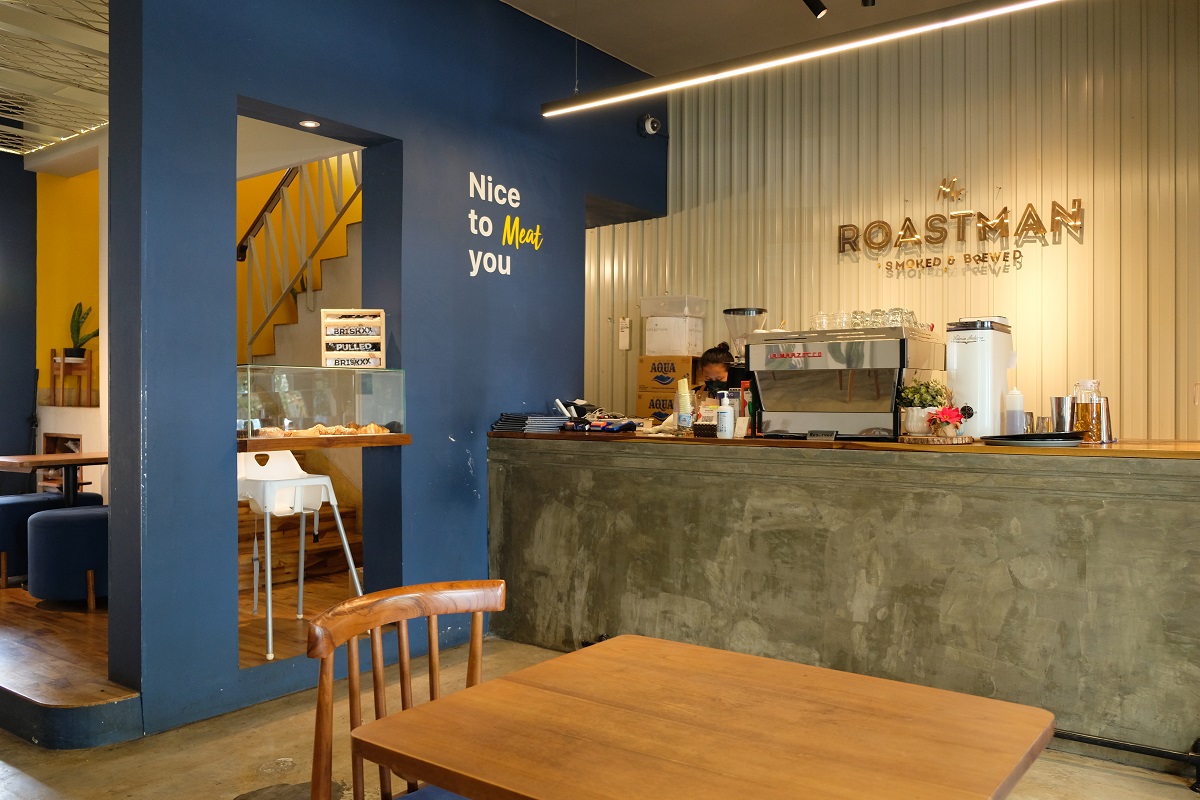

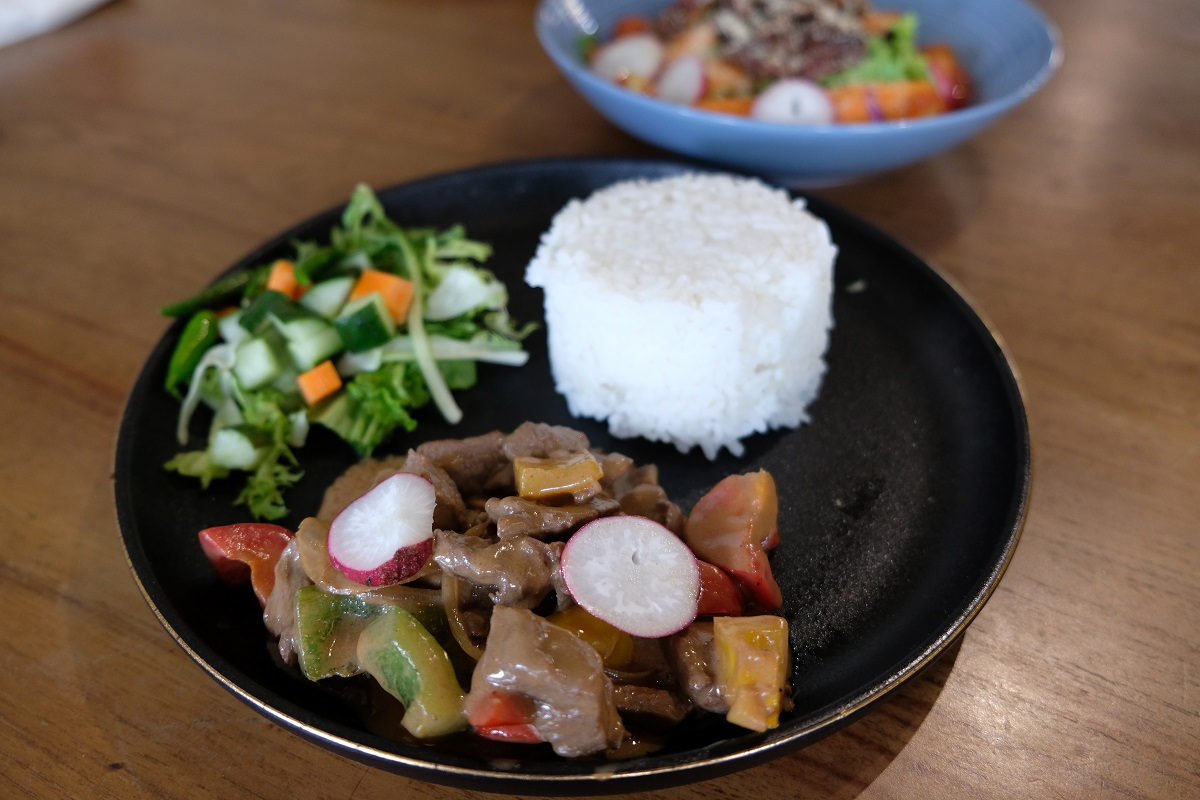





what an amazing journey you’ve been on in this city, both figuratively and literally. thanks for sharing this, I learned so much
LikeLiked by 1 person
Jakarta has changed so much since the time I moved to the city, and so have I. I hope it will keep moving to the right direction and become a better place to live.
LikeLike
It’s neat how there are such different communities, each with their own style, architecture, art and food within the same city. I couldn’t agree more about the importance of remembering our roots. It’s great to hear that there are lots of different modes of transportation in Jakarta as I’m not sure I’d want to drive there! Thanks for the tour. Linda
LikeLiked by 1 person
What you said is exactly the reason why I always find multicultural cities so fascinating, Linda. Visiting such neighborhoods can feel as if we were traveling to different countries. Driving in Jakarta makes people… how should I put it… aggressive. So it’s really encouraging to see all the recent additions as well as improvements to the city’s transport infrastructure.
LikeLiked by 1 person
Hi. Thanks for sharing your information and pictures. It has changed so much since I was there in 1979, especially the trains and buses.
All the best going forward,
Helen Northcott
>
LikeLiked by 1 person
The pleasure is mine, Helen. Wow, in 1979 Jakarta must have looked so different! My best friend’s grandmother who visited the city a year before you did recounted how she witnessed people bathing in the (supposedly) dirty rivers. I wonder if you also saw that.
LikeLike
That’s a wonderful tour around Jakarta. As a port, Jakarta would have hosted enclaves from many nations over time. Interesting to see that the old immigrants have merged into the Betawis, and the new immigrants have brought interesting new festivals and culture with them.
LikeLiked by 1 person
Very true, I.J. There was even a part of the city which was home to Portuguese settlers who then married the locals. I think many of their descendants still live there, preserving what’s left of their unique cultural heritage.
LikeLiked by 1 person
What an amazing multi-faceted insight into Jakarta, Bama. It’s very clear that you’ve grown to appreciate this city over the years.
I love how diverse and vibrant the city is, from the mix of different cultures, cuisine, architecture and the blend of old and new. Your subway system in one part of the city seems even more advanced than the ones we have over here!
At almost 500 year old, I can only imagine how rich the history is. It’ll be interesting to see what happens when the government moves the hub of Indonesia away from Jakarta. That’ll be quite a huge change. Hope the transition pains are minimal!
LikeLiked by 1 person
Thanks Ab. Despite its problems, Jakarta is now home to me. Every time I travel abroad or far from the city, I always end up missing it. It’s crazy, I know.
To be fair, our metro is comparatively new. And we have cities like Hong Kong and Singapore in the region to learn from. However, that reminds me of a YouTube video I saw a few weeks ago about Toronto’s subway system upgrade which honestly looks quite impressive. I like the look of some stations (at least the rendering).
One of the things I’m curious about the most is what will happen to those government buildings after the move. I surely hope the transition will be smooth!
LikeLiked by 1 person
There used to be an Indonesian restaurant I went to many years ago that had the most amazing spicy chicken steak served on white rice and a fried rice. I’d have it at 3 am after a Saturday night out (which I can never do now) and I still think about it. I can only imagine the cuisine and diversity of food you have.
But I digress. I am thankful for our subway and transit system here. There have been improvements and it is fairly convenient. But the upgrades and progress in making these upgrades are slow compared to Asian countries. Definitely look to you as leaders in this regard!
LikeLiked by 1 person
Do you still remember the name of that dish? Because from your description it sounds like it might have been modified from a dish Indonesians are used to in order to suit Western taste (and it works the other way around here).
Asian countries have indeed made a lot of progress when it comes to transport infrastructure. And despite the pandemic, this trend seems to be going on for the foreseeable future.
LikeLike
It was called “Indonesian Chicken” 😂😂😂 At least that’s what I can remember. I was mostly drunk at this time of the day when we had it. 😆
LikeLiked by 1 person
Ha! That’s hilarious. 😂😂😂
LikeLiked by 1 person
Thanks for this virtual tour of some of the neighbourhood of Jakarta. Very interesting as usual. (Suzanne)
LikeLiked by 1 person
My pleasure, Suzanne. I believe until recently interesting was probably not a word often associated with the Indonesian capital. Fortunately many things have changed for the better.
LikeLike
I find everything interesting and Jakarta in its chaos would be very interesting to me. Maybe not to live there but I would love to visit and be absorbed by the chaos.
LikeLiked by 1 person
I think that’s what makes traveling interesting for many of us: we love experiencing something that is different from what we’re used to back at home.
LikeLike
I love your descriptions ofJakarta and learning how it’s growing on you. China Town and Little India do remind me of Singapore, and it does sound like Jakarta is striving to emulate it. Cleaning up transit is another good sign. We didn’t visit Java or the Indonesian part of Borneo, but I hope they don’t turn the new capital into an oversized crowded city. At least what I saw of Malaysia’s Borneo, they can’t stand to lose any more jungle. Thanks for showing me Jakarta! Maggie
LikeLiked by 1 person
For sure, Jakarta can learn a thing or two from Singapore because the latter has been a lot more successful in many ways. However, I believe Jakarta has its own character which makes it different from Singapore. And I hope the leaders of the Indonesian capital can see this so that the ongoing improvements in the city will still make Jakarta itself, but better. About the new capital, the loss of jungle is one of the reasons why many people are worried about this megaproject. I hope the government keep their promises regarding environmental protection in the new city. We shall see, and watch closely.
LikeLike
The word bazar itself denotes market. In Chennai, you will see Burma bazar (popular for smuggled electronics items when India was a closed country), Jam bazar, Pondy Bazar… Good to see the connection there.
LikeLiked by 1 person
A market for smuggled items! It’s crazy to think that until a few decades ago a country as big and populous as India had a closed economy. So different from what India had been for millennia as one of Asia’s main trading hubs.
LikeLiked by 1 person
Every time I read your posts on Jakarta, I realize what a minute snapshot I experienced on my few days in the capital. Regarding those strips of wood outside a Japanese restaurant, I saw those in Kyoto inside the grounds of Fushimi Inari-Taisha, so I’m guessing they are prayers asking for something especially as the top half of the calligraphy is the same on each wooden strip. This is also a practice in both China and South Korea, but in South Korea the prayers for good exam results etc are written on paper and hung from a lantern in temples. Since all three countries have had close ties (wanted or not) for centuries it would be natural to have cultural/religious similarities.
LikeLiked by 1 person
I don’t blame you, Mallee. Had I not moved to this city, I would probably still have held that notion of Jakarta as a rough and unpleasant place. I think in Japanese culture such wooden blocks can be used for different reasons, depending on the place and context. I’m not surprised at all about South Koreans’ prayers for good exam results as they see it as a gateway to a successful life.
LikeLiked by 1 person
What a wonderful summary of Jakarta. I had no idea how big it was and had to look it up. I hope the city planners preserve a lot of the interesting buildings that can give the city a lot of character and a glimpse of its history. I read about the move of the capital and hope the environmental impact can be lessened. It’s curious why the govt picked that area (ties to developers?).
LikeLiked by 1 person
It’s a very sprawling metropolis indeed. So you can imagine without decent public transport people will just use cars to go around the city, which will only worsen the traffic problems. Speaking of preserving the character of interesting buildings, it reminds me of a particular edifice in downtown Jakarta which was inaugurated in the 1960s. Over the years, this structure underwent changes which eventually somewhat erased its original appearance. However, recently it has been restored and retrofitted to highlight its unique characters. I haven’t checked it out myself, but I think I will soon.
About the location of the new capital, Borneo has for a long time been considered as an ideal place because of its relatively equal distance from Indonesia’s major islands (except from those in the far east of the country). The problem is, Borneo also happens to be one of the most biodiverse regions on the planet. This is why some are concerned about moving the Indonesian capital to that island.
LikeLiked by 1 person
Kecapi looks interesting, never seen it before, what does it taste like?
LikeLiked by 1 person
I would say it tastes both sweet and sour at the same time. To enjoy it, you have to suck on each piece of the fruit like a candy because the flesh doesn’t really separate from the seeds.
LikeLiked by 1 person
As usual, your post is a wealth of information and great photography. Cheers!
LikeLiked by 1 person
And your posts are a source of inspiration for me. Much appreciated, John and Susan!
LikeLike
I’ll sound a bit Pollyanna-ish here, but I think many unappreciated cities can be much better than people think. (Maybe because I live in one? … people love to knock Houston for some reason.) All it takes is an open mind and a willingness to explore – things you have in great quantities, Bama! Thanks for the tour of your adopted city, one I hope to see (maybe even with you and James as my tour guides!) someday.
LikeLiked by 1 person
I think people’s perception of a place is a result of how it has been portrayed in the media for many years. Many Indonesians I know often have romanticized views of Paris and London, for example, without realizing that these cities have the same problems every metropolis has, including Jakarta. And it’s the other way around for the Indonesian capital; endless negative reports about it — flooding, terrorist bombings, and poverty to name a few — are often what’s shown to the international audience.
Lex, about an hour ago I was actually thinking of you coming to Jakarta! I already thought which hotel you should stay in, and how we’re going to take you to some of the most interesting places in the city. But maybe it’s better to wait until at least 2027 because that’s when the extension of the MRT to Jakarta’s old town district is supposed to be completed. Right now it’s a bit of a mess over there. However, the rendering for the station looks so impressive. It’s one of those exciting projects happening in the city.
LikeLiked by 1 person
I can’t wait that long! But maybe that ‘s when it will really come to pass … whenever it is, I can’t wait to see it and meet you!
LikeLiked by 1 person
Whenever you come here, we’ll be ready! 🙂
LikeLiked by 1 person
What a fantastic article! I knew absolutely nothing about Jakarta before and now I kinda feel like I was there with you for a bit! It is so interesting to see and understand a city through its history, I feel like sometimes it makes you appreciate it even more! Thanks for this great presentation of what seems to be a very culturally rich city!
LikeLiked by 1 person
Thank you, Juliette. I’m glad this post gave you a glimpse of the Indonesian capital which, like the country itself, is often overlooked and underreported. I couldn’t agree more with what you said about how learning a bit of a place’s history will help us appreciate it better.
LikeLike
This was such a lovely exploration of Jakarta, Bama. Thank you. It is definitely not a city I ever thought of visiting, and most probably never will, so seeing it through your eyes is really lovely. I’m also glad to hear that you’ve grown to love this adopted city of yours, as big cities can be both challenging and wonderful to live in. The fact that the seat of goverment is moving, is rather interesting. That is a huge step to take, and will be interesting to see how it works out.
LikeLiked by 1 person
The pleasure is mine, Jolandi. I think an ideal life for me is one where I can live alternately between a big city and a quiet place like your quinta. I always love the energy of the former, but I also need the fresh air and the serenity of the latter. As for the new capital, we’ll see how it will turn out to be. When it comes to megaprojects, I like to stay away from being overly optimistic.
LikeLike
Wouldn’t it be wonderful if you could strike that balance between the two, Bama? I must admit that I definitely enjoy the odd break to the city, but at this stage in my life I prefer the quiet quinta life. It would be interesting to see if I still feel like that two years from now. I always marvel at how our needs and preferences fluctuate over time.
Fingers crossed the move to a new capital won’t be detrimental to the economy. Like you, I’m not overly optimistic where politicians and megaprojects are meeting. 🙈
LikeLiked by 1 person
It’s so true about how our preferences change. In my early 20s, I was one of those people who had the energy to work 9 to 5, hang out and have fun with friends afterward (sometimes until past midnight), repeat the following day, and spend my weekends mostly outside. Now? Everything is the exact opposite. 😄
LikeLike
😂
LikeLiked by 1 person
Pertama, mau komen itu fotonya bening-bening sekali, sungguh jujur dan apa adanya, Jakarta jadi indah betul. Saya suka sekali, Mas Bama. Dan baca ini ya bikin rasanya mau peluk Jakarta. Saya yang lahir besar di Bekasi, jujurly pengin banget jadi warga Jakarta. Jadi meski tinggalnya masih dipinggiran (Depok wkwk), mainnya selalu di sekitaran Jakarta (Selatan, khususon).
Btw Mas Bama main ke daerah Blok M dan kawasan Little Tokyo, gak cobain makanan Jepang otentik di sana? Ada salah satu yang nyempil gitu saya lupa namanya, saya pernah makan dan somehow Jepang banget gitu aura dan rasanya. Asik deh. Kayak lagi di Omoide Yokocho gitu wkwkwk.
LikeLiked by 1 person
Berhubung Jakarta itu julukannya the Big Durian, kalau dipeluk nanti malah menyakiti kita gak ya? Hehe. Ngomong-ngomong soal Depok, kok kayaknya setiap kali saya baca berita soal Depok tuh rasanya selalu berita yang bikin geleng-geleng kepala ya. Kadang terlalu aneh dan absurd malah. ‘Planet’ Bekasi malah terdengar lebih ‘normal’ dibanding Depok. 😄
Nah, saya itu tiap ke daerah Blok M/Little Tokyo malah ujung-ujungnya selalu makan bukan makanan Jepang. Tapi next time pengen sih beneran diagendakan nyobain restoran Jepang di sana. Omoide Yokocho itu di Tokyo ya? Saya belum pernah soalnya.
LikeLike
How beautiful. I am also fascinated by how and when a capital city is changed to a new one, will it have space for distinct cultural areas as you mentioned here in this article? It takes centuries for a city to develop its soul, its character…
LikeLiked by 1 person
I think the Indonesian government aspire to make the new capital somewhat like Canberra. But many people here are worried that it will eventually become like Brasilia. And you’re right about how long it takes to shape a city’s character.
LikeLike
A great post, Bama – reading this is giving me an itch to go out and explore parts of the city we haven’t properly explored. I can say for sure that the longer I spend living in Jakarta, the more I appreciate its quirks and the colorful (if a bit chaotic) tapestry of neighborhoods, peoples, and cultures. I’d love to return to Pasar Baru in the late afternoon/early evening someday.
As you mentioned here, the excellent MRT line and reliable bus system make getting around the city increasingly easy… let’s hope the upcoming LRT opens on time this year. Since Blok M has functioned as Jakarta’s Little Tokyo for so long, I’m a bit surprised that no one has established a small Japanese temple or Shinto shrine or possibly even a traditional Zen garden in the area. Now that would be special!
LikeLiked by 1 person
Thanks James. I’m really looking forward to the opening of LRT Jabodebek for it will allow us to explore parts of East Jakarta. Imagine if the second MRT line is also built, going to far corners of this megacity won’t be too much of a hassle. And that is progress.
I never thought of a Zen garden in Blok M, but now since you mentioned about it I wonder if Taman Martha Tiahahu would have been a perfect place for that.
LikeLiked by 1 person
I’ve heard that Jakarta is a very multi-cultural and vibrant city! Interesting about the move for the government. The only place I visited when I went to Indonesia was Bali and Nusa Lembongan. Both beautiful places to spend some time.
LikeLiked by 1 person
Jakarta is what you’ve heard, and more. It’s frustrating to some, but energizing for the others. It’s great that you’ve been to Nusa Lembongan! It really was such a beautiful and tranquil island, and I love the fact that despite its size, it sure does many things to offer.
LikeLiked by 1 person
Enjoyed this thorough look at various aspects of Jakarta. I have a friend who lived there for a few years, who often described his “love-hate” relationship with the city. Listening to him, and reading this, I feel it mirrors my own feelings about Beijing. I would definitely enjoy all the Hindustani elements and picking out those choice bits of architecture and flourishes of art. I find the covered lane of art studio kiosks really charming, while I’m always a sucker for an old post office building. Great piece.
LikeLiked by 1 person
I just returned from a short business trip to Singapore (which explains the delay in me replying to this comment), and was reminded of how far Jakarta lags behind the former in many things. But in the end, Jakarta is home for me, and it has other qualities places like Singapore or Hong Kong don’t have. I hope you’ll get to see Jakarta in person one day!
LikeLiked by 1 person